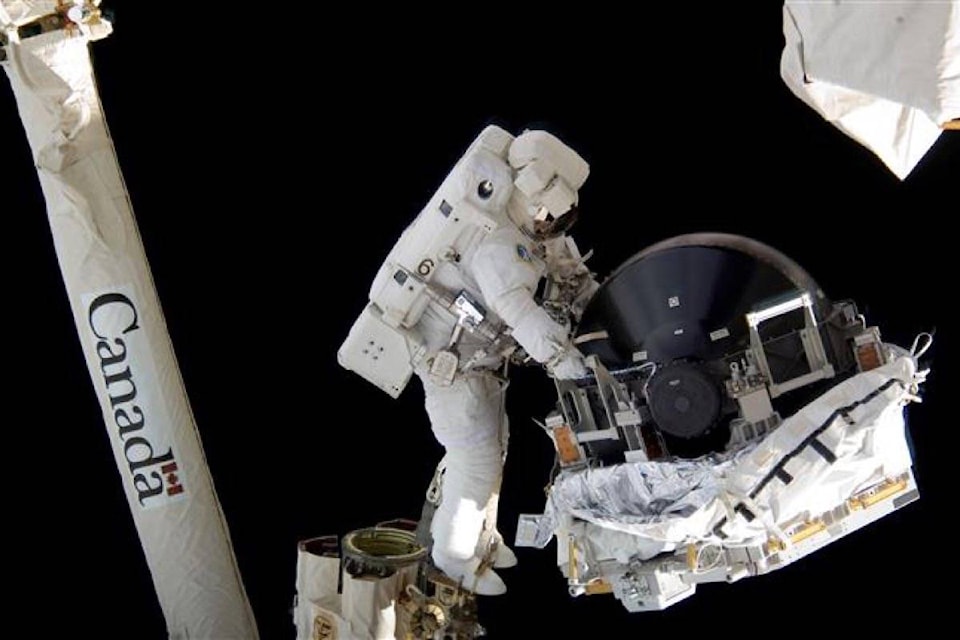Several teachers from across the Qualicum School District (SD69) are collaborating to provide students from Grade 5-12 with a science education that will be out of this world.
The American-based Student Spaceflight Experiments Program (SSEP) has invited SD69 to develop science experiments and will selection one to travel to the International Space Station (ISS).
Participating students will learn about forces, motion and gravity in their science classes, then break into teams to design experiments and write research proposals for the microgravity environment of space.
A review committee, made up of local engineers, scientists, SD69 administration and teachers will vet the proposals and submit three student-designed experiments to the SSEP National Step 2 Review Board. Of the submissions, one experiment will be chosen and then conducted by astronauts on the ISS during a spring/summer 2019 spaceflight.
Carl Savage, SD69 science teacher and SSEP community program director, added “an educational experience like this inspires curiosity and can shape careers.”
“Participating in an International Space Station experiment demonstrates to students how their learning applies to the real world,” Savage said. “Gravity effects everything and our experiment, which goes into space, could potentially have an impact on technology, medicine, space design, and other areas of applied science.”
Savage said only two school districts in Canada are participating in the project—SD69 and the Edmonton School District.
He said the whole idea behind the program is to give students an accurate reflection of what it’s like to be a scientist.
“To be a scientist you have to come up with ideas you want to test but you also have to find funding, you have to find ways of doing your science so to do that you have to write a proposal,” Savage said. “In the classroom the student will be taught about what micro-gravity is all about and then their teacher will walk them through how to write a scientific proposal.”
In November, teachers will gather all the proposals together and pick what the think are the best three. The proposals will then be sent to Washington, DC where a review committee will pick the best one to go to space.
“This is a very unique possibility for our students to get their experiments out in space. That’s quite the experience,” Savage said. “This would not be possible when I was a student back in the day.”
Two SD69-designed space patches will accompany the experiment to the International Space Station. Typically emblems representing the mission are worn on the flight suits of astronauts and a different patch is created for each mission.
“You may not be interested in science, so what we have from Kindergarten to Grade 7 and then from Grade 8 to 12 the students can design a mission patch that will fly with the experiment so they can send their artwork in space,” Savage said.
Rollie Koop, SD69 superintendent said the program will be an”incredible real-world experience.”
“Students will experience what it’s like to be a scientist. They’ll learn the scientific process and how to design experiments. It’s not every day we get this kind of opportunity, and we are incredibly grateful to the Vancouver Foundation and Magellan Aerospace for providing over $18,000 in funding,” Koop said.
— NEWS Staff
